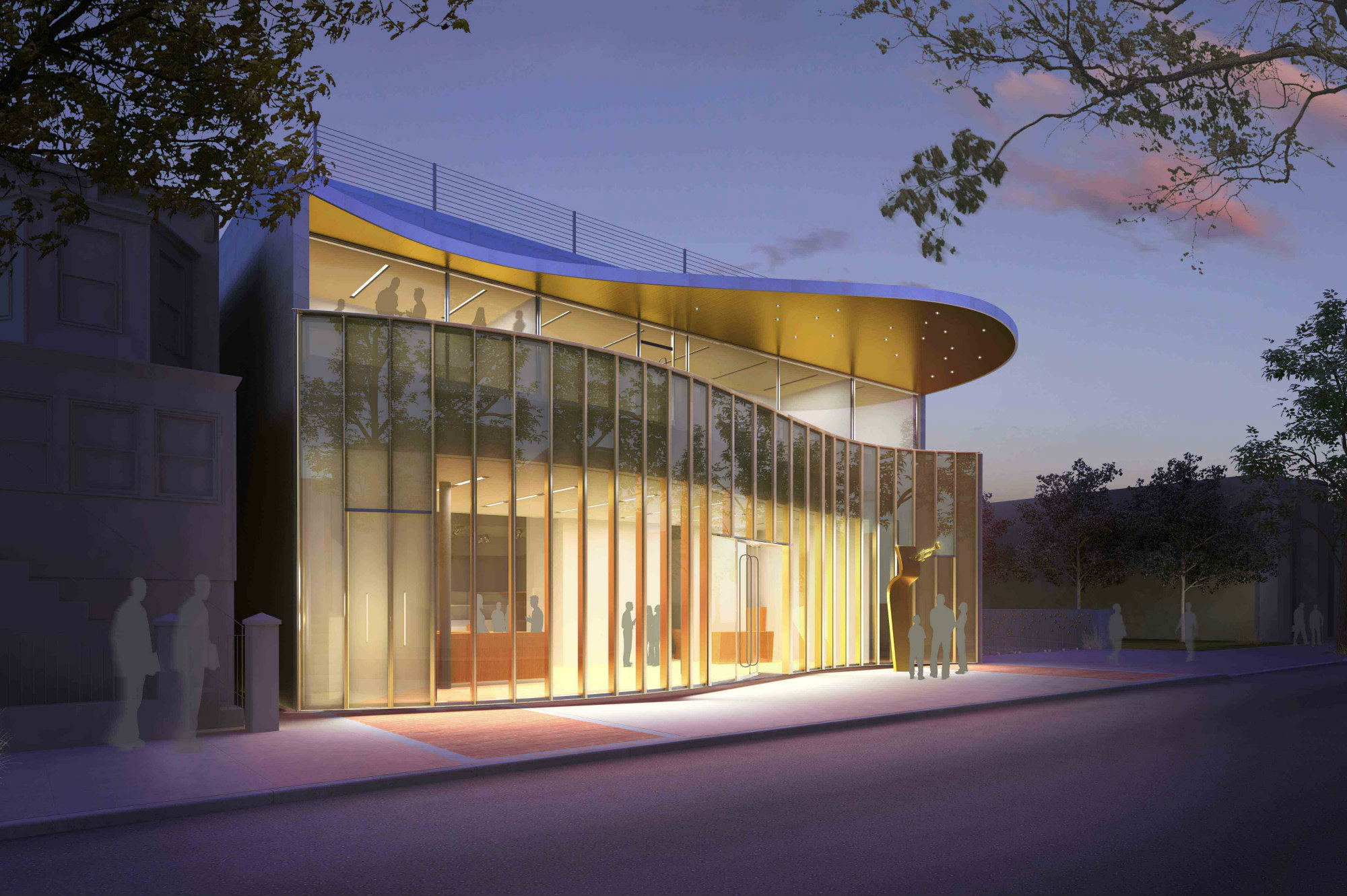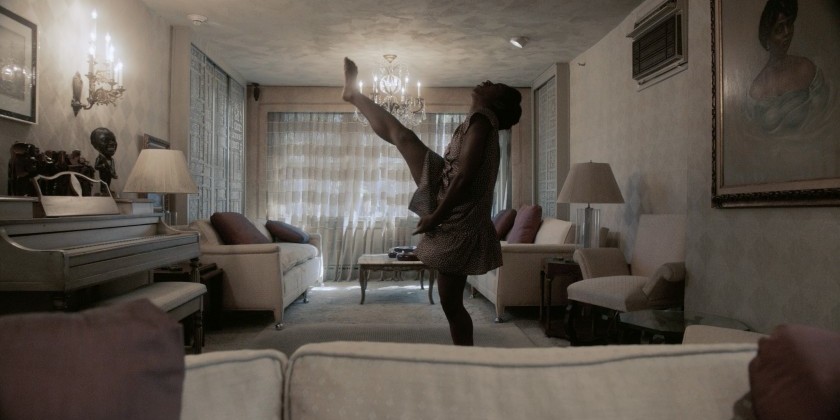Table Of Content

Billed at the Dreamland Café as “The World’s Greatest Jazz Cornetist.” On November 12th, Louis makes his first recordings as a leader of his own group, Louis Armstrong and His Hot Five. While in the Waif’s Home, Louis receives musical instruction from the band director, Peter Davis, and eventually becomes leader of the Waif’s Home band. The Center is the permanent home for the 60,000-piece archive of Louis and Lucille Armstrong, and it houses a 75-seat venue offering performances, lectures, films, and educational experiences. Please arrive 15 minutes early to secure your seat, as admission is on a first-come, first-served basis. For those eager to delve deeper into LAHM’s cultural offerings, guided tours are available starting at 1pm, with the last tour departing at 5pm.
Louis ArmStrong House Museum
Armstrong’s improvised solos transformed jazz from an ensemble-based music into a soloist’s art, while his expressive vocals incorporated innovative bursts of scat singing and an underlying swing feel. By the end of the decade, the popularity of the Hot Fives and Sevens was enough to send Armstrong back to New York, where he appeared in the popular Broadway revue, “Hot Chocolates.” He soon began touring and never really stopped until his death in 1971. As his music progressed and popularity grew, his singing also became very important. Armstrong was not the first to record scat singing, but he was masterful at it and helped popularize it with the first recording on which he scatted, "Heebie Jeebies". Armstrong did, thinking the track would be discarded, but that was the version that was pressed to disc, sold, and became an unexpected hit.
Chicago period recordings
There are also recordings of Armstrong talking to friends and practicing trumpet so it’s almost as if the jazz great is still haunting his former abode, although the experience is more educational than supernatural. His wife, Lucille, continued to live in their home on 107th Street in Corona, Queens, working to ensure that it became a National and New York Historic Landmark. Lucille expressed the desire for the home and archives to become a museum honoring her husband. They established the Louis Armstrong Educational Foundation (LAEF) which helped to facilitate this process and continues to work today as a force for jazz education. After Lucille’s passing in 1983, she willed the home and its contents to the city of New York which designated the City University of New York, Queens College to shepherd the process.
Wild Life: Synchronized Coral Spawning
No two rooms are alike — “I guess ‘Rococo’ is the word I could use without losing my job,” Harris said of the overall aesthetic — though many are surprisingly modest, especially given Armstrong’s larger-than-life presence. He is the only person ever to have hit records in the ’20s, ’30s, ’40s, ’50s and ’60s. He played behind the Iron Curtain during the Cold War and in the Democratic Republic of Congo during decolonization in 1960, during which both sides of a civil war called a truce to watch him perform, then picked up fighting again once his plane took off. The gold sconces offer a glimmer of opulence, but the walls themselves are covered in a subdued, cream-colored wallpaper — the same wallpaper that covered them at least 50 years ago. It matches the upright piano standing against one wall, and the two twill couches. There’s also a small TV — one of the first on the block — that sits low to the floor, so that the neighborhood children whom Armstrong would invite over (he never had kids of his own) could sit comfortably on the floor to watch Westerns.
Family
The longtime residence of the famed jazz trumpeter, singer and bandleader, it is a midcentury interior design treasure hidden behind a modest brick exterior. Armstrong had nineteen "Top Ten" records[125] including "Stardust", "What a Wonderful World", "When The Saints Go Marching In", "Dream a Little Dream of Me", "Ain't Misbehavin'", "You Rascal You", and "Stompin' at the Savoy". "We Have All the Time in the World" was featured on the soundtrack of the James Bond film On Her Majesty's Secret Service, and enjoyed renewed popularity in the UK in 1994 when it was featured on a Guinness advertisement. Was important in introducing into the mainstream of popular singing an Afro-American concept of song as a lyrical extension of speech ... The new group was announced at the opening of Billy Berg's Supper Club.

Latest Entertainment & Arts
Headed by the same architecture firm who built the Louis Armstrong house in 1910, the project broke ground this summer and will include a state-of-the-art exhibition gallery and a 68-seat jazz club when completed. It’s set to open in 2019, and we can’t wait to return when it does. Armstrong continued touring the world and making records with songs like “Blueberry Hill” (1949), “Mack the Knife” (1955) and “Hello, Dolly!
Lucille purchases a house in Corona, Queens, New York City. Louis and Lucille live there for the remainder of their lives. Ten thousand people greet him at the railway station in Denmark. Fires a pistol in the street to celebrate New Year’s Eve. A nearby policeman arrests Louis and the next day he is confined to the Colored Waif’s Home for Boys. Welcome to the Louis Armstrong House Museum’s first virtual exhibit experience.
David Roche House Museum
Forms a vocal quartet with three other boys and performs on street corners for tips. The Karnofskys, a family of Russian Jewish immigrants, hires Louis to work on their junk wagon. Purchases his first cornet with money loaned to him by the Karnofskys. Louis Armstrong was born in New Orleans, Louisiana on August 4, 1901. He was raised by his mother Mayann in a neighborhood so dangerous it was called “The Battlefield.” He only had a fifth-grade education, dropping out of school early to go to work.
‘Pops: A Life of Louis Armstrong’ by Terry Teachout
Satchmo's Wonderful World: Louis Armstrong Center Amplifies An Artist's Vision - The New York Times
Satchmo's Wonderful World: Louis Armstrong Center Amplifies An Artist's Vision.
Posted: Thu, 03 Aug 2023 07:00:00 GMT [source]
Ballrooms closed and there was competition from other types of music, especially pop vocals, becoming more popular than big band music. It became impossible under such circumstances to finance a 16-piece touring band. He returned to Chicago in late 1931 and played in bands more in the Guy Lombardo vein and he recorded more standards. When the mob insisted that he get out of town,[66] Armstrong visited New Orleans, had a hero's welcome, and saw old friends. He sponsored a local baseball team known as Armstrong's Secret Nine and had a cigar named after him.[67] But soon he was on the road again. After a tour across the country shadowed by the mob, he fled to Europe.
Edward R. Murrow, who has traveled to the Gold Coast with Louis, includes the visit in his documentary Satchmo the Great. Records with blues singers Bessie Smith, and Clarence Williams, among others. In November, quits Fletcher Henderson and returns to Chicago.
LAHM is in the midst of a dramatic physical and programmatic transformation marked by the opening of the new Louis Armstrong Center, including a 75-seat performance space, a state of the art multimedia exhibition, and the Armstrong Archival Collections. The Center will allow us to live the Armstrong values of Artistic Excellence, Education and Community through programs such as Armstrong Now! With the Louis Armstrong House Museum and Archives currently closed because of Covid-19, we thought it would be beneficial to offer virtual tours of each location here on our new “That’s My Home” site. In 2018, videographer Michael Paras filmed Director of Research Collections Ricky Riccardi giving tours of the Armstrong House and Garden, as well as our Archives at Queens College. We’d like to offer to this video to give a glimpse inside our locations as we await the day we can safely welcome visitors around the world back to Queens.
We also provide access to Mr. Armstrong’s extensive archives, develop programs for the public that educate and inspire and host performances with multi-disciplinary artists from around the world. Armstrong was performing at the Brick House in Gretna, Louisiana, when he met Daisy Parker, a local prostitute, and started an affair as a client. He found the courage to look for her home to see her away from work. Not long after that fiasco, Parker traveled to Armstrong's home on Perdido Street.[86] They checked into Kid Green's hotel that evening.
Marries Daisy Parker, a prostitute from Gretna, Louisiana. Lives briefly with his father, William Armstrong, then returns to his mother. Joe Oliver, one of the finest trumpet players in New Orleans, becomes Louis’s teacher and mentor. Delivers coal and sells newspapers to help feed himself, his mother, and his sister. In America, Armstrong had been a great Civil Rights pioneer, breaking down numerous barriers as a young man. In the 1950s, he was sometimes criticized for his onstage persona and called an “Uncle Tom” but he silenced critics by speaking out against the government’s handling of the “Little Rock Nine” high school integration crisis in 1957.












